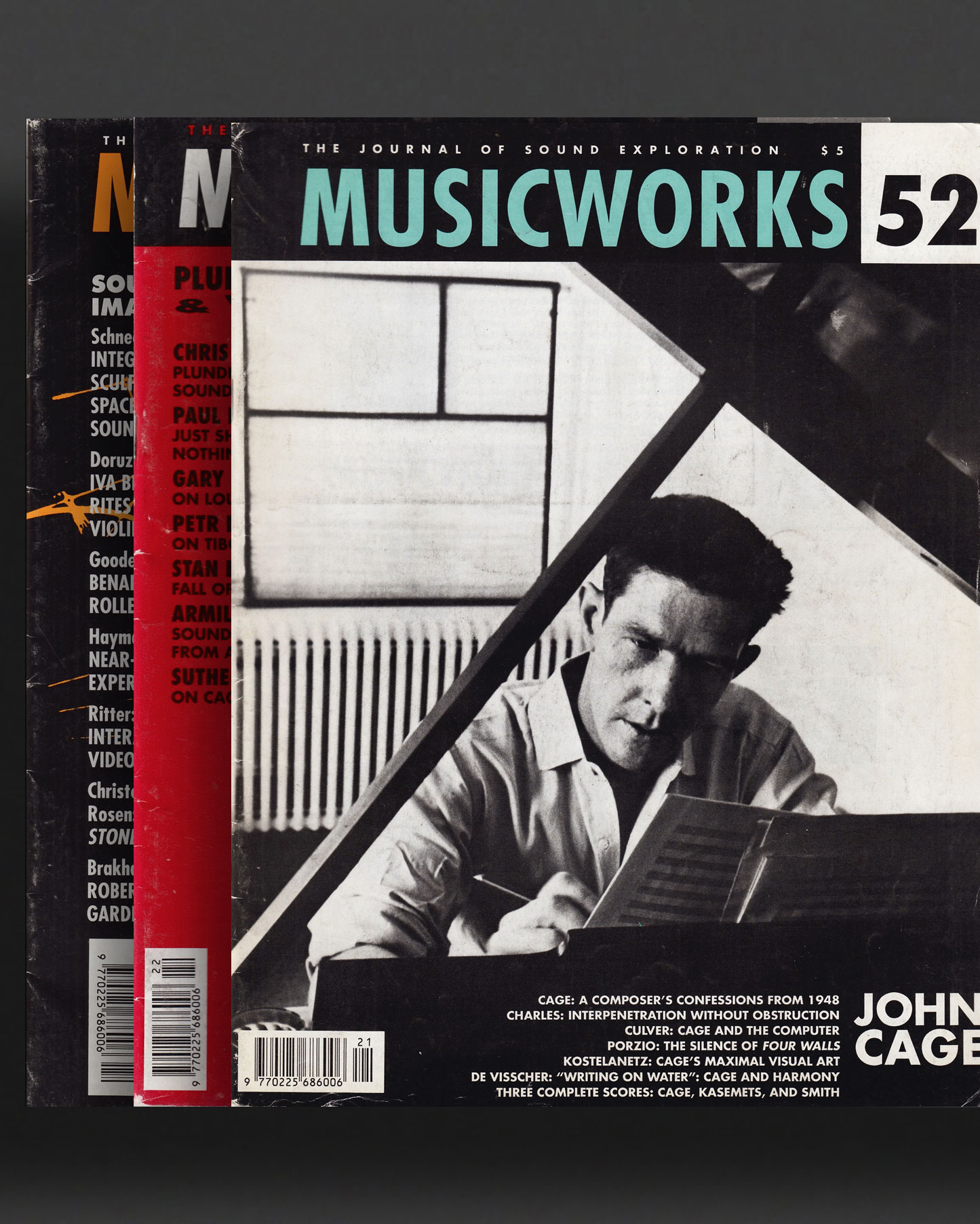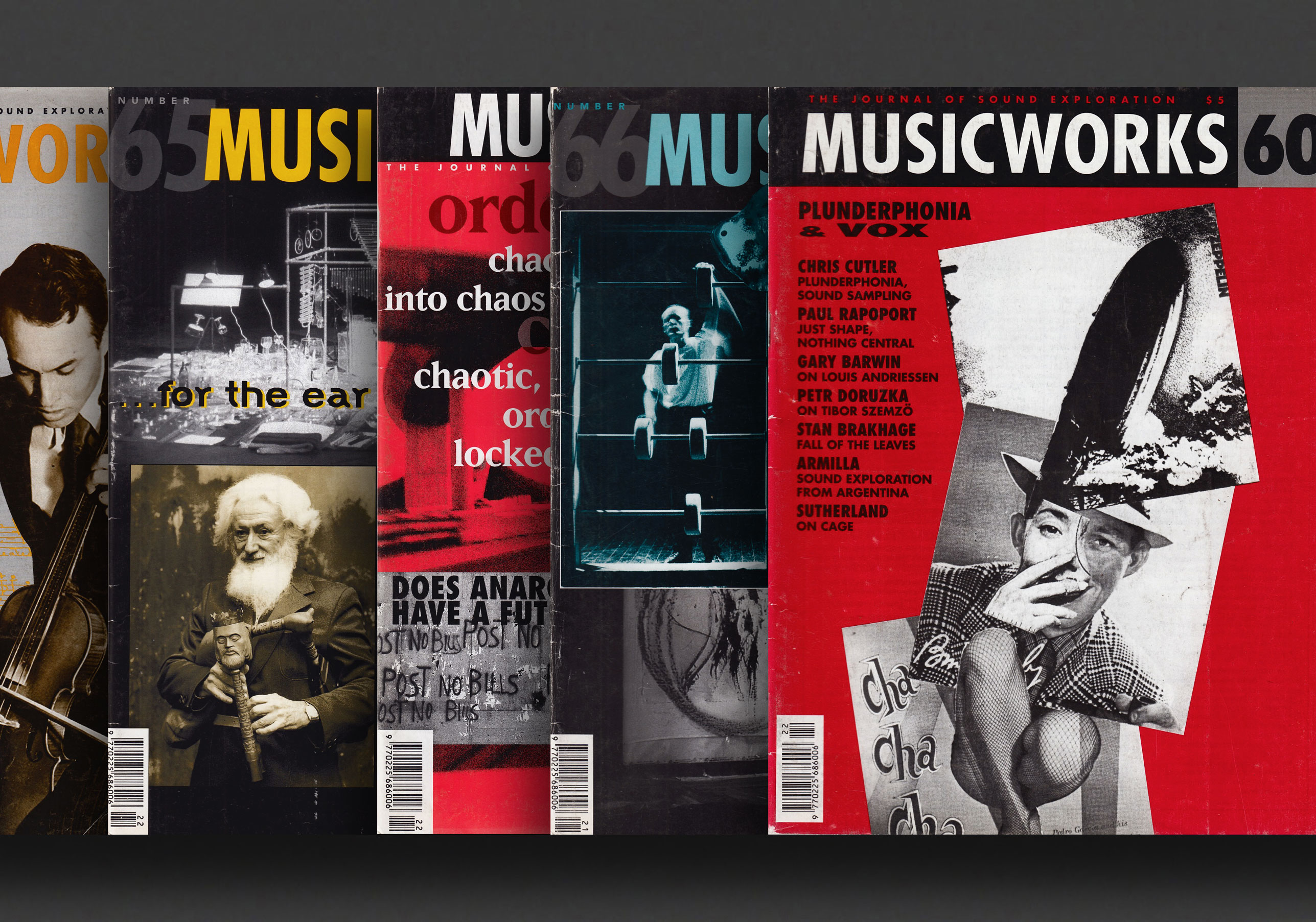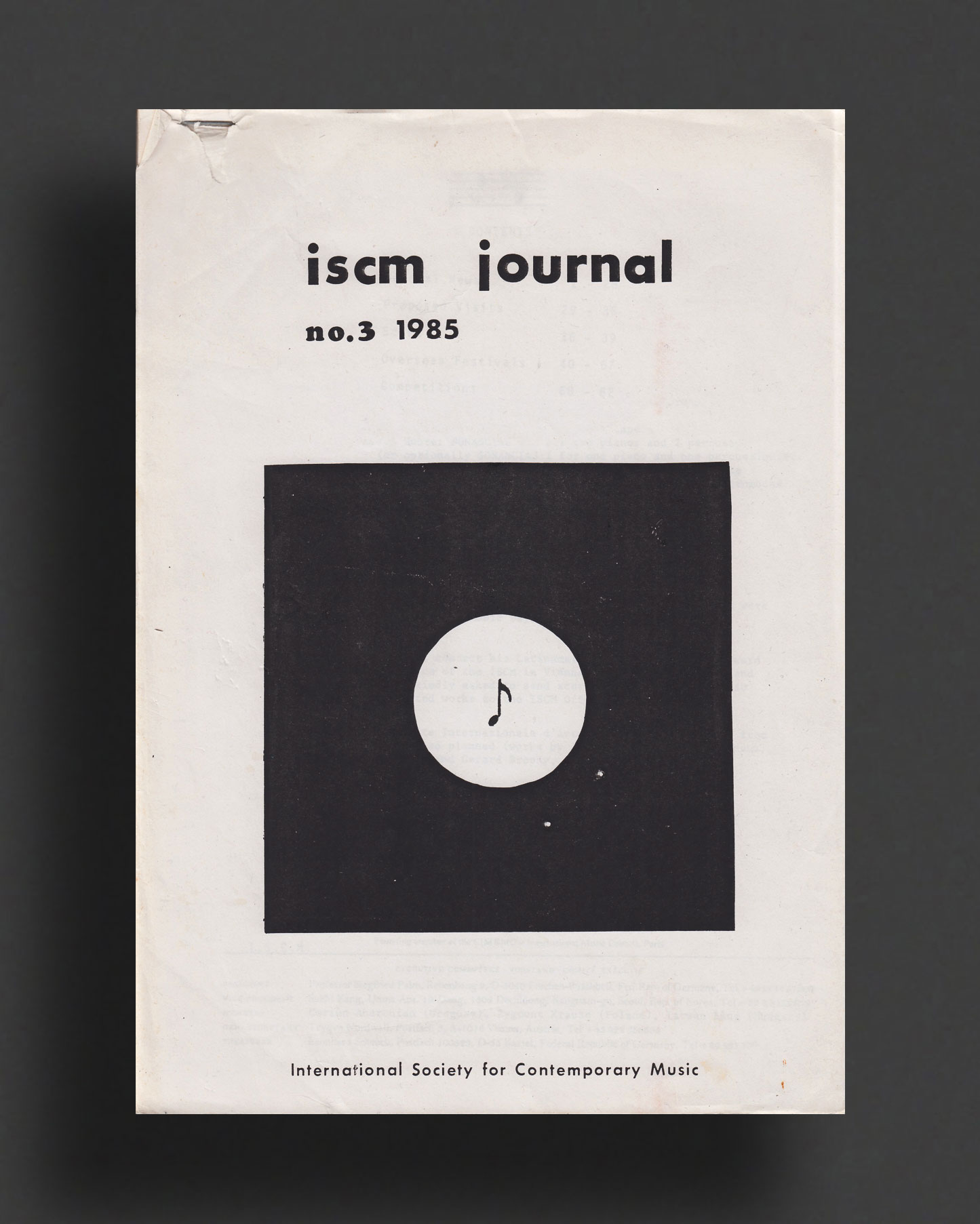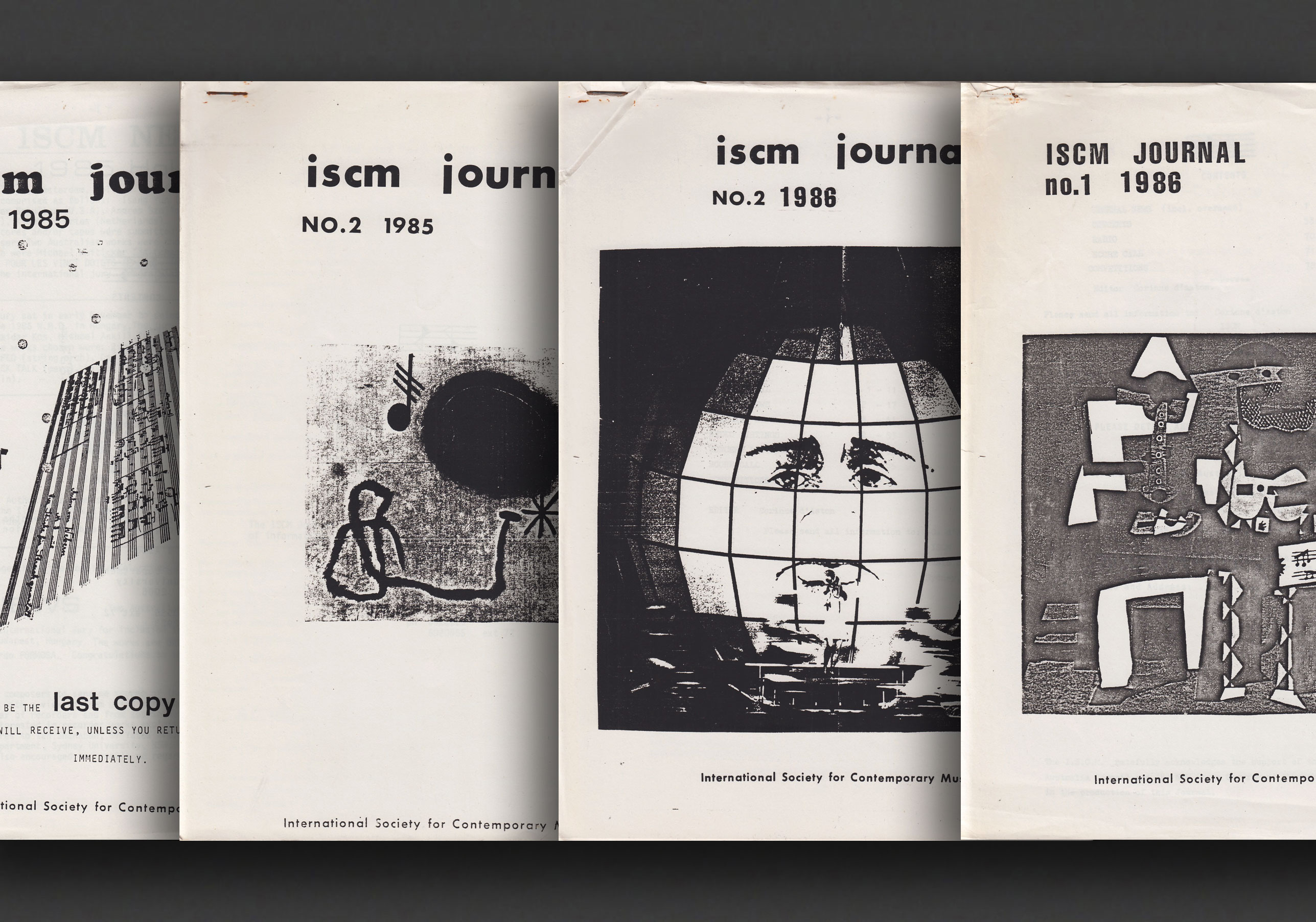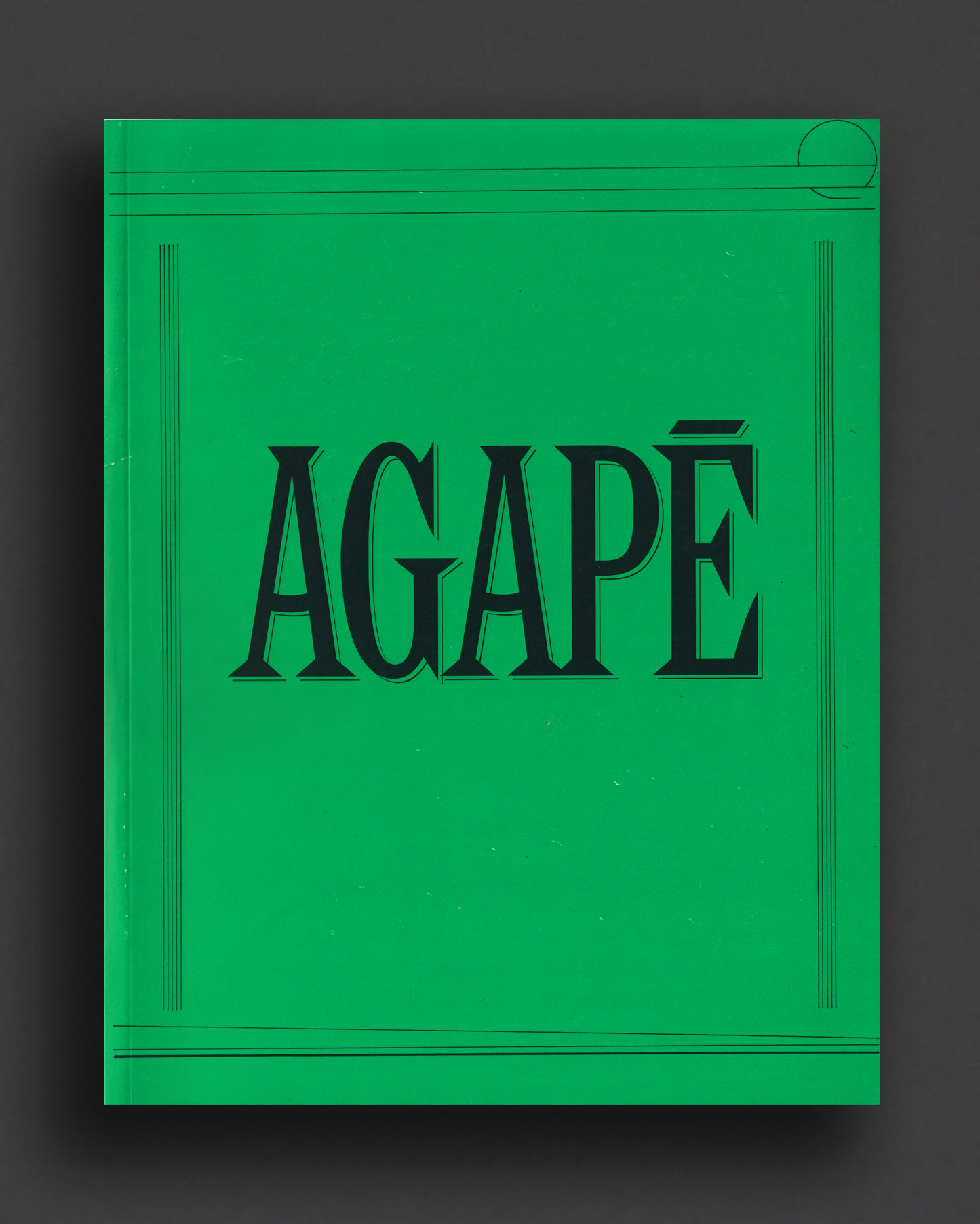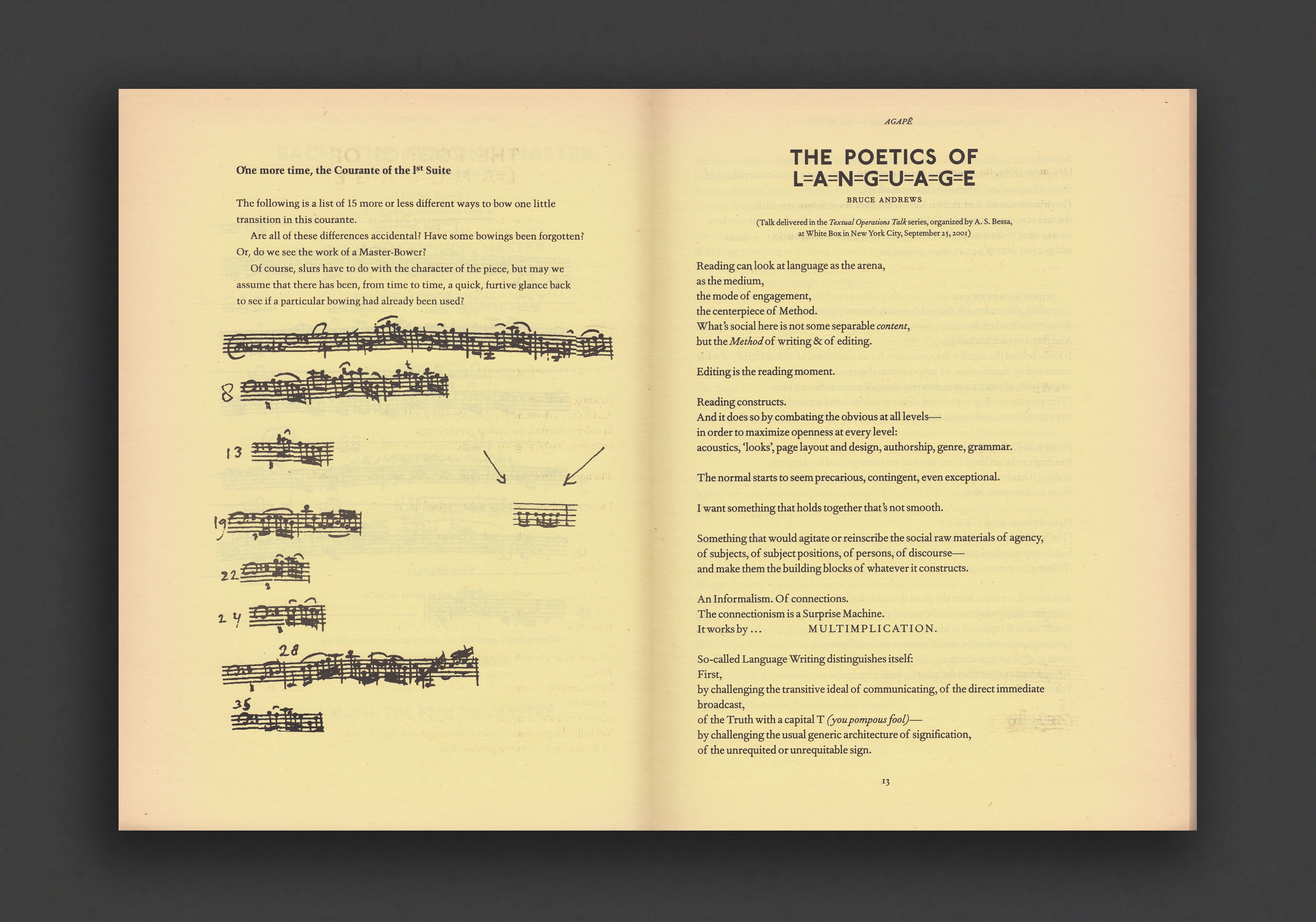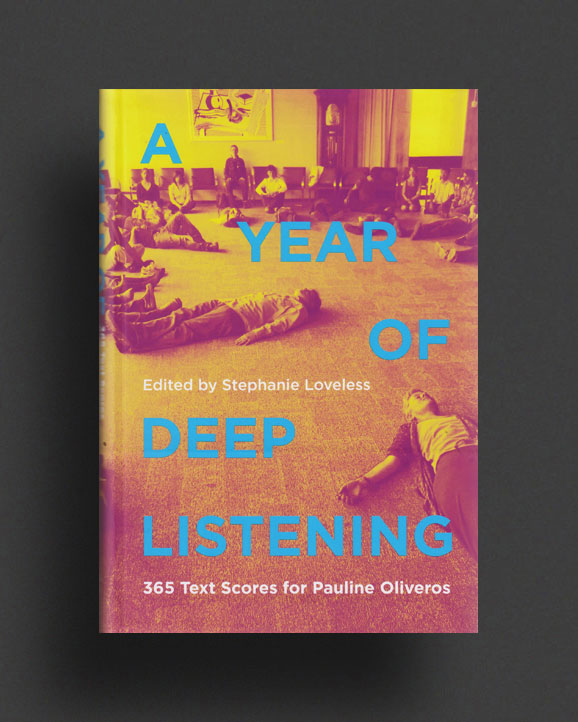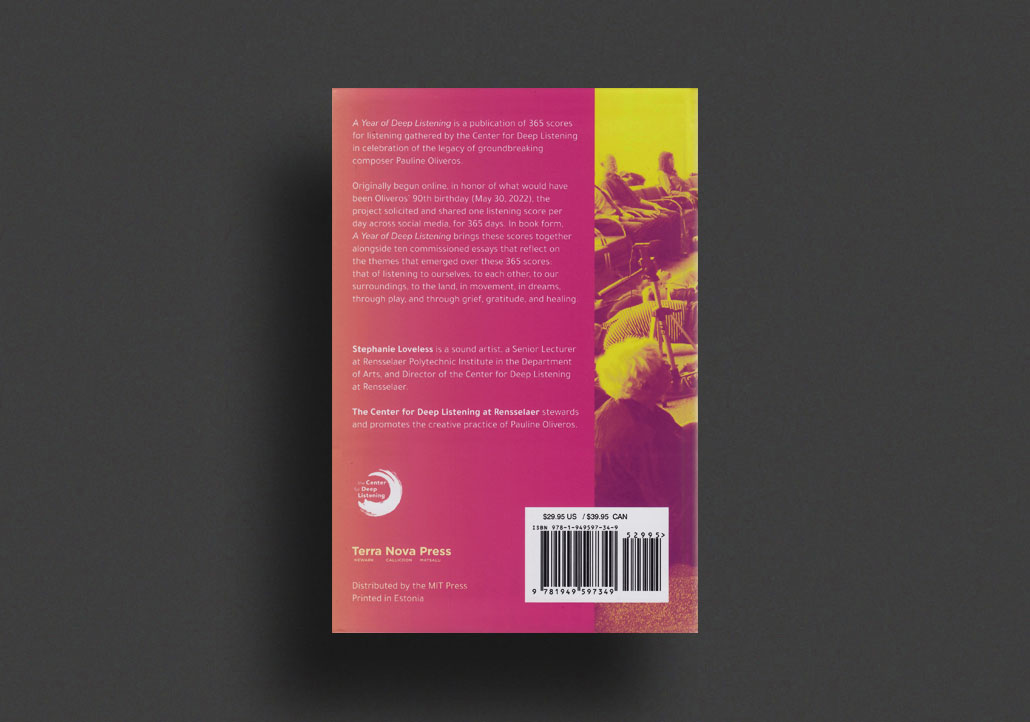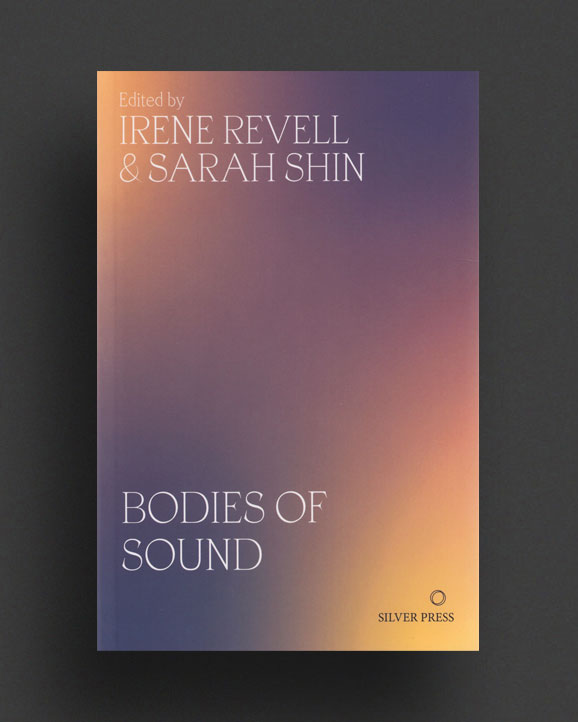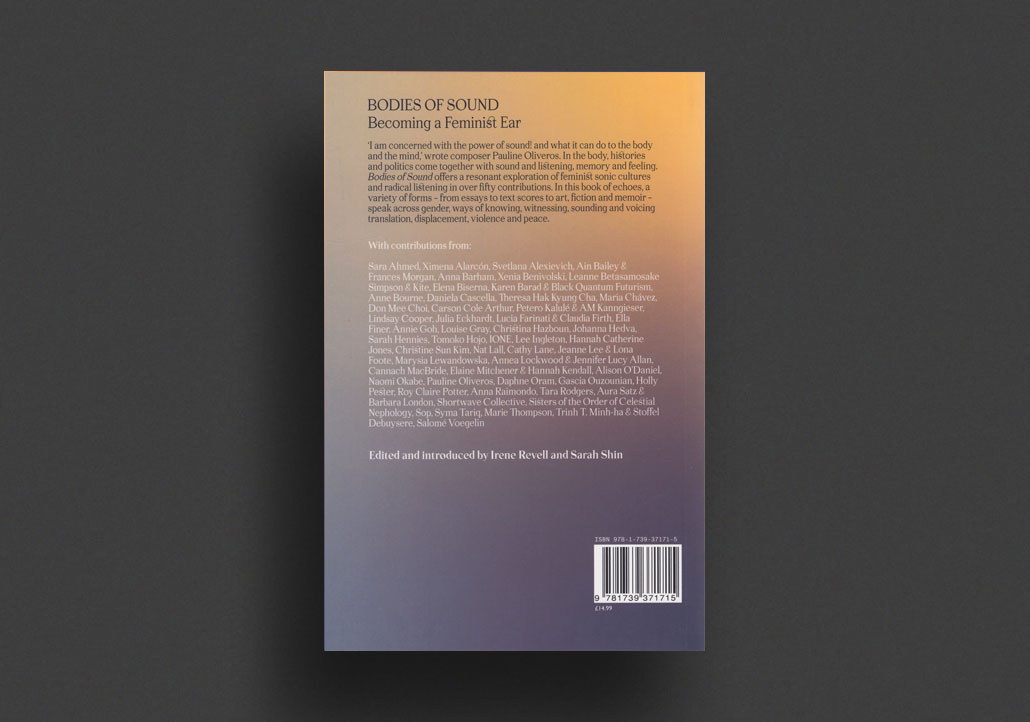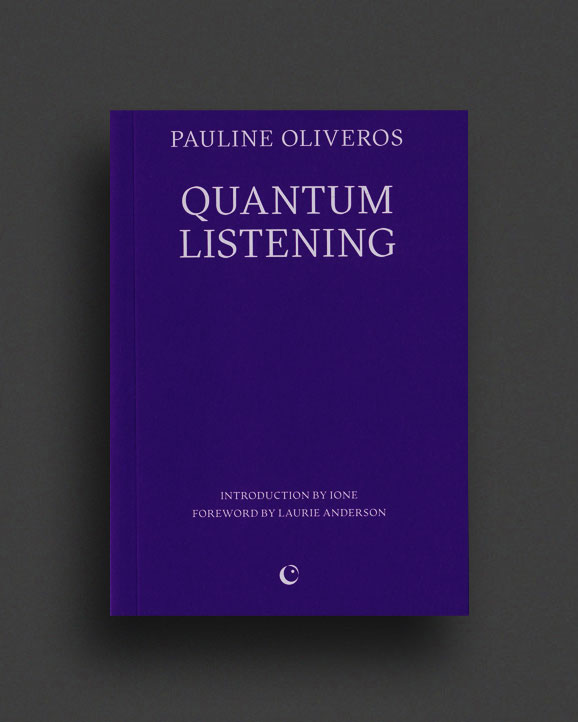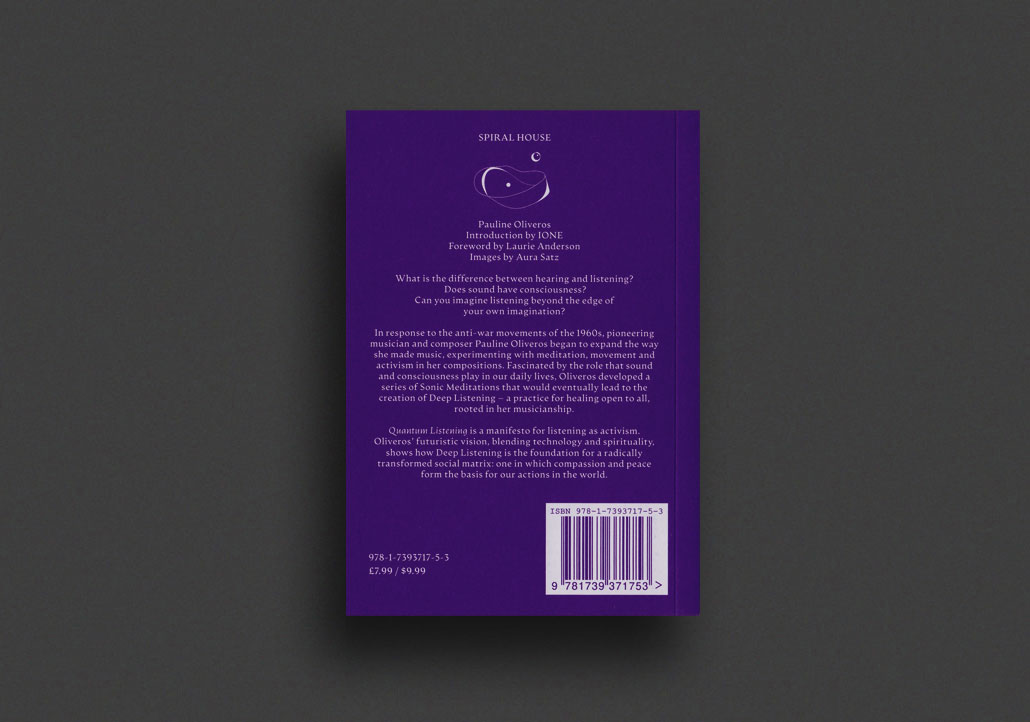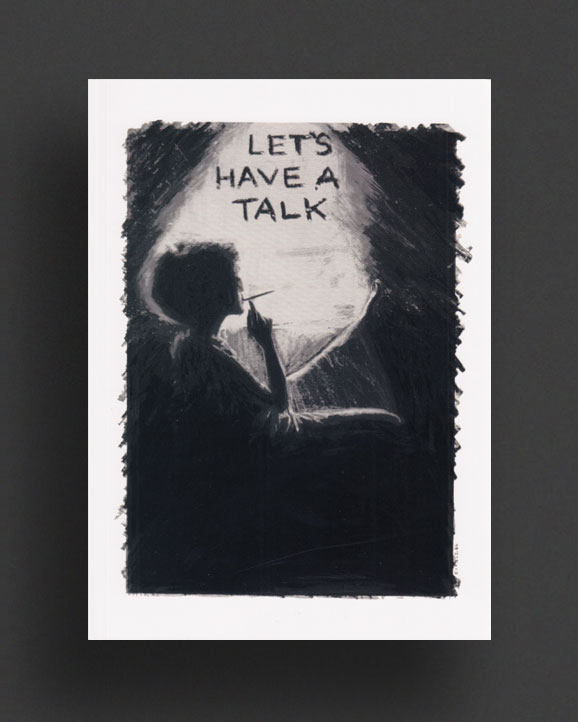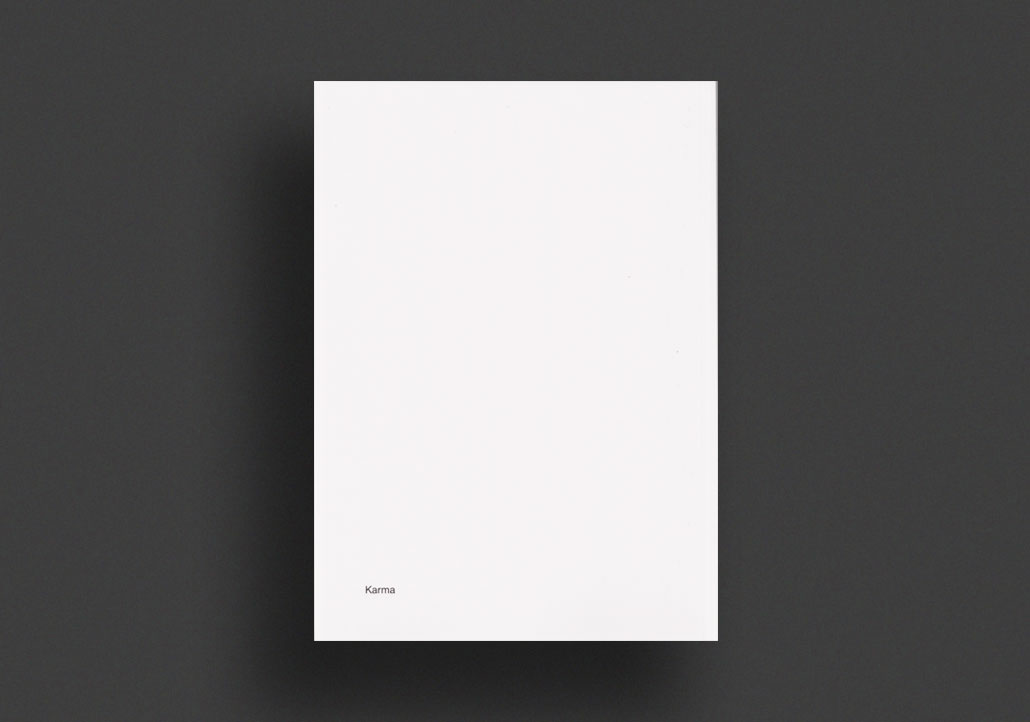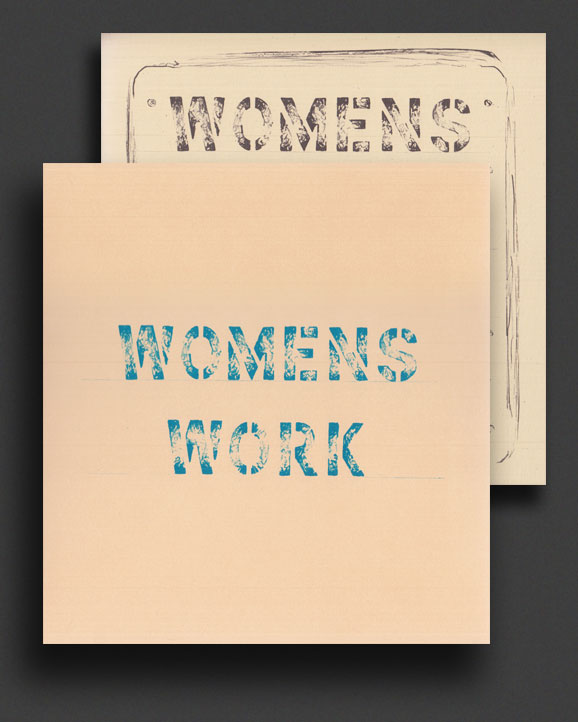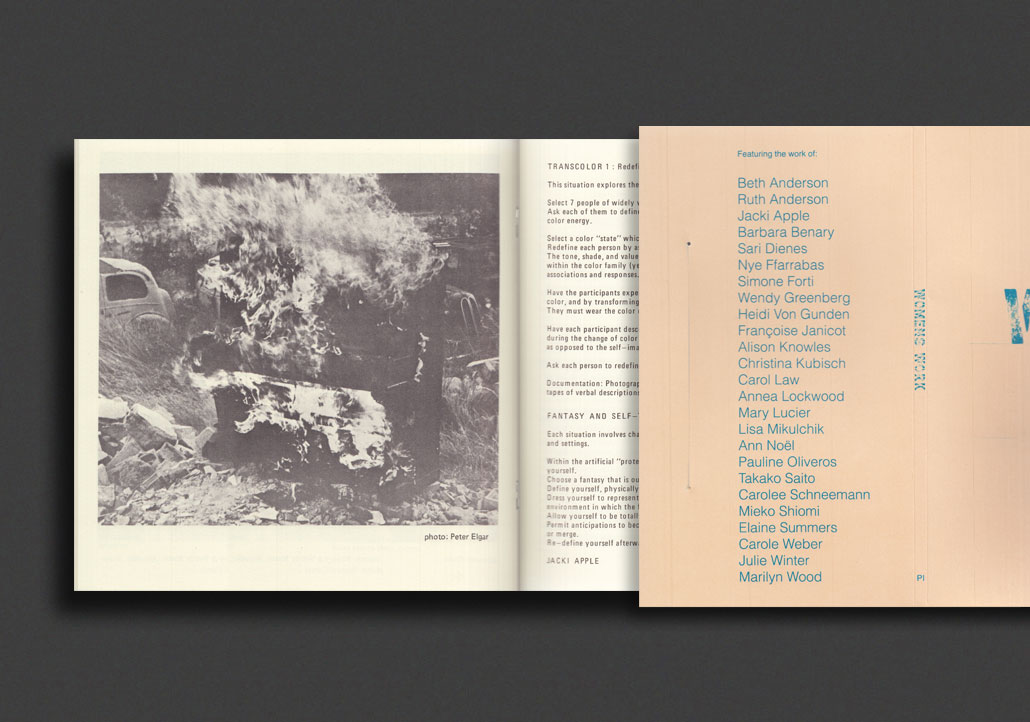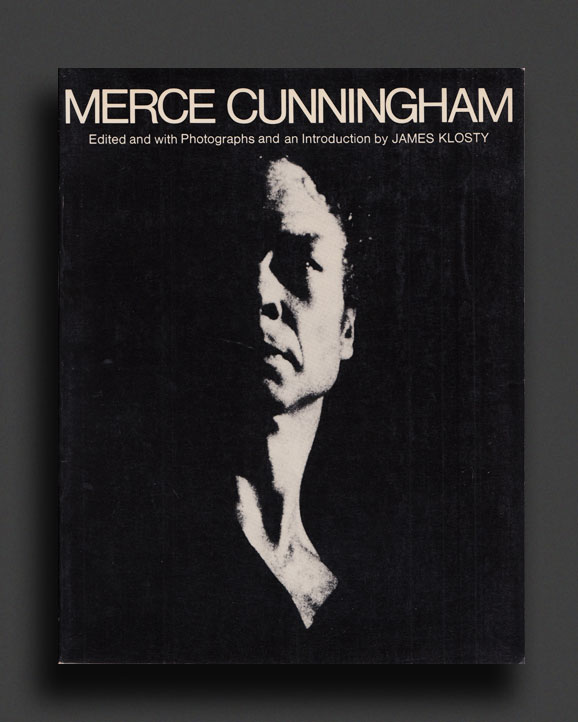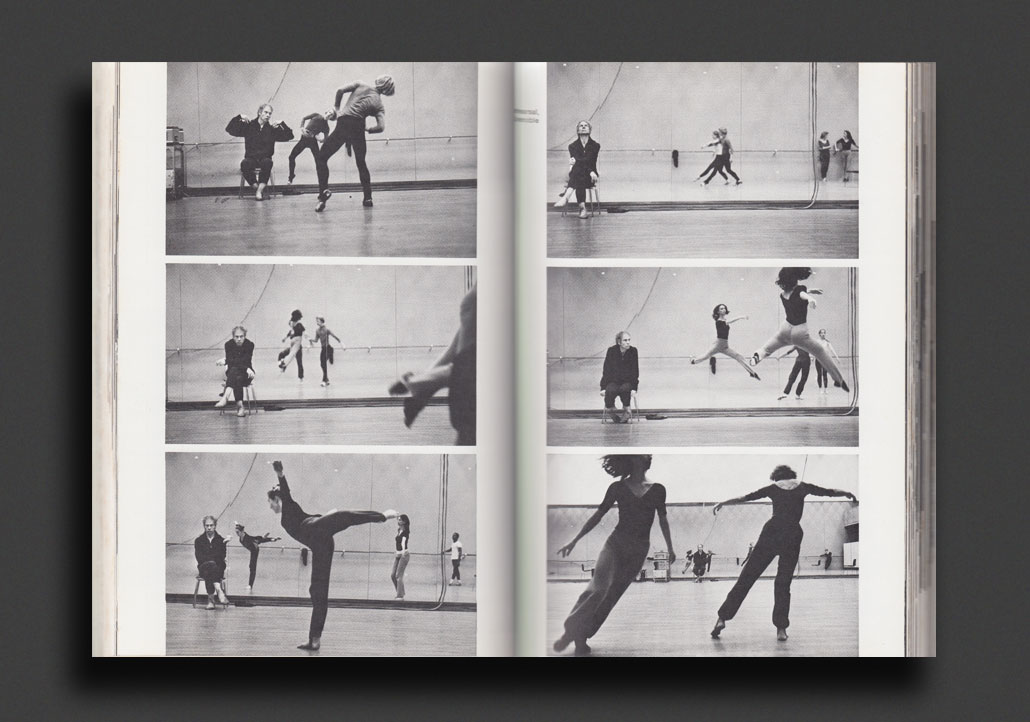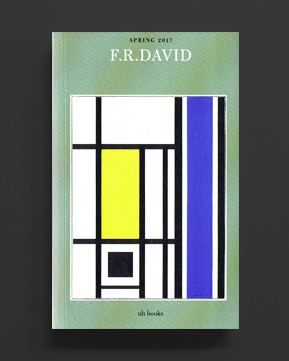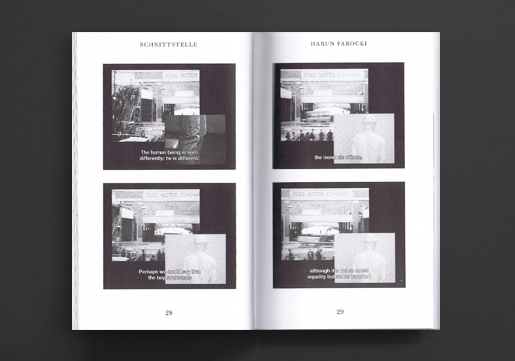(...less)
Exceptionally rare, collectible first edition hardcover volume of Notations 21, the anthology drawing inspiration from John Cage's Notations. Notations 21 features illustrated musical scores from more than 100 composers from every continent, all of whom are innovators in the art of notation. Each score is accompanied by written contributions from the artists, explaining how the music manifested visually, exploring every facet of their creative processes, from inspiration to execution. Contributors include the likes of Karlheinz Stockhausen, Earle Brown, Halim El-Dabh, Joan La Barbara, and Yuji Takahashi, as well as emerging composers whose compositions are visually astounding and important. In the spirit of honuoring the 40th anniversary of Cage's seminal book, while furthering it in a 21st century context, a portion of the sales of this book were donated to the Foundation for Contemporary Performing Arts.
Includes: Victor Adan, Beth Anderson, Kerry John Andrews, Steve Antosca, Cecilia Arditto, Robert Ashley, Kevin Austin, Trevor Bača, Dennis Báthory-Kitsz, Steve Beck, Irene Becker, Cathy Berberian, David Berezan, Carl Bergstrøm-Nielsen, Philip Blackburn, Benjamin Boretz, Sam Britton, Earle Brown, Herbert Brün, Ellen Burr, John Cage, Allison Cameron, Joe Catalano, Raven Chacon, Chris Chalfant, Jef Chippewa, Kyong Mee Choi, Henrik Colding-Jørgensen, Nick Collins, David Cope, Philip Corner, Brent Michael Davids, Tina Davidson, Mario Diaz de Leon and Jay King, Robert Denham, Halim El-Dabh, Robert Erickson, Pozzi Escot, Julio Estrada, Rajmil Fischman, Robert Fleisher, Christopher Fox, Bruce L. Friedman, Guillermo Galindo, Malcolm Goldstein, Daniel Goode, Guillermo Gregorio, Barry Guy, Barbara Heller, Brian Heller, William Hellermann, Mara Helmuth, Sven Hermann, Christoph Herndler, Alan Hilario, Robin Hoffmann, Peter Hölscher, Tsai-yun Huang, Christoph Illing, Lynn Dob, David Evan Jones, John Kannenberg, Suk-Dun Kim, Panayiotis Kokoras, Slavek Kwi, Joan La Barbara, John Lane, Mark Lanqford, Hope Lee, Cheryl E. Leonard, Charlotte Lindvang, Anestis Logothetis, Bent Lorentzen, Martin Sebastian Loyato, Michael Maierhor, Tyler Mains, Keeril Makan, Dan Marmorstein, Dimitris Maronidis, Tony Martin, Kate Maxwell, Cilia McQueen, Rajesh Mehta, Ann MiUikan, Rene Mogensen, Stephen Montague, Robert Morris, Gordon Mumma, Gaël Navard, Phill NibLock, Gary Noland, Makoto Nomura, Eoin O'Keeffe, Pauline Oliveros - Vagn E. Olsson, Paul Paccione, Marianthi Papalexandri-Alexandri, Brice Pauset, Tommaso Perego, Joe Pignato, Jonathan Pitkin, Samuel Pluta, Larry Polansky, Alwynne Pritchard, Anthony J. Ptak, Takayuki Rai, Randy Raine-Reusch, Jon Raskin, Henrik Ehland Rasmussen, Herman Rechberger, Will Redman, Wendy Reid, Steve Roden, Dirk Rodney, Keren Rosenbaum, David Rosenboom, Marina Rosenfeld, Daniel Rothman, Theresa Sauer, R. Murray Schafer, León Schidlowsky, Catherine Schieve, Daniel Schnee, Brian Schorn, Barry Schrader, Phillip Schulze, Michael J. Schumacher, Elliott Sharp, Marilyn Shrude, Stuart Saunders Smith, Juan Maria Solare, Mathias Spahlinger, Jack W. Stamps, John Stead, Norbert Stein, Hans-Christoph Steiner, Peter Sterk, Karlheinz Stockhausen, John Stump, Chiyoko Szlavnics - Yuji Takahashi, Justinian Tamusuza, John Tchicai, James Tenney, Voya Tonecitch, Laura Toxvaerd, Jeffrey Trevino, Andrea Vaile, J. Simon van der Walt, Ivan Vincze, Stephen Vitiello, Douglas C. Wadle, Jennifer Walshe, Clive Wilkinson, Michael Winter, René Wohlhauser, Ge-Suk Yeo, David Young, Katherine Young and Jonathan Zorn, Judith Lang Zaimont, Edson Zampronha, Peter Zombola, Jonathan Zorn, Richard Carlyon, Philip and Gayle Neuman, Morgan O'Hara...
As New copy.
File under:
Victor Adan
Beth Anderson
Kerry John Andrews
Steve Antosca
Cecilia Arditto
Robert Ashley
Kevin Austin
Trevor Bača
Dennis Báthory-Kitsz
Steve Beck
Irene Becker
Cathy Berberian
David Berezan
Carl Bergstrøm-Nielsen
Philip Blackburn
Benjamin Boretz
Sam Britton
Earle Brown
Herbert Brün
Ellen Burr
John Cage
Allison Cameron
Joe Catalano
Raven Chacon
Chris Chalfant
Jef Chippewa
Kyong Mee Choi
Henrik Colding-Jørgensen
Nick Collins
David Cope
Philip Corner
Brent Michael Davids
Tina Davidson
Mario Diaz de Leon and Jay King
Robert Denham
Halim El-Dabh
Robert Erickson
Pozzi Escot
Julio Estrada
Rajmil Fischman
Robert Fleisher
Christopher Fox
Bruce L. Friedman
Guillermo Galindo
Malcolm Goldstein
Daniel Goode
Guillermo Gregorio
Barry Guy
Barbara Heller
Brian Heller
William Hellermann
Mara Helmuth
Sven Hermann
Christoph Herndler
Alan Hilario
Robin Hoffmann
Peter Hölscher
Tsai-yun Huang
Christoph Illing
Lynn Dob
David Evan Jones
John Kannenberg
Suk-Dun Kim
Panayiotis Kokoras
Slavek Kwi
Joan La Barbara
John Lane
Mark Lanqford
Hope Lee
Cheryl E. Leonard
Charlotte Lindvang
Anestis Logothetis
Bent Lorentzen
Martin Sebastian Loyato
Michael Maierhor
Tyler Mains
Keeril Makan
Dan Marmorstein
Dimitris Maronidis
Tony Martin
Kate Maxwell
Cilia McQueen
Rajesh Mehta
Ann MiUikan
Rene Mogensen
Stephen Montague
Robert Morris
Gordon Mumma
Gaël Navard
Phill NibLock
Gary Noland
Makoto Nomura
Eoin O'Keeffe
Paul Paccione
Marianthi Papalexandri-Alexandri
Brice Pauset
Tommaso Perego
Joe Pignato
Jonathan Pitkin
Samuel Pluta
Larry Polansky
Alwynne Pritchard
Anthony J. Ptak
Takayuki Rai
Randy Raine-Reusch
Jon Raskin
Henrik Ehland Rasmussen
Herman Rechberger
Will Redman
Wendy Reid
Steve Roden
Dirk Rodney
Keren Rosenbaum
David Rosenboom
Marina Rosenfeld
Daniel Rothman
Theresa Sauer
R. Murray Schafer
León Schidlowsky
Catherine Schieve
Daniel Schnee
Brian Schorn
Barry Schrader
Phillip Schulze
Michael J. Schumacher
Elliott Sharp
Marilyn Shrude
Stuart Saunders Smith
Juan Maria Solare
Mathias Spahlinger
Jack W. Stamps
John Stead
Norbert Stein
Hans-Christoph Steiner
Peter Sterk
Karlheinz Stockhausen
John Stump
Chiyoko Szlavnics - Yuji Takahashi
Justinian Tamusuza
John Tchicai
James Tenney
Voya Tonecitch
Laura Toxvaerd
Jeffrey Trevino
Andrea Vaile
J. Simon van der Walt
Ivan Vincze
Stephen Vitiello
Douglas C. Wadle
Jennifer Walshe
Clive Wilkinson
Michael Winter
René Wohlhauser
Ge-Suk Yeo
David Young
Katherine Young and Jonathan Zorn
Judith Lang Zaimont
Edson Zampronha
Peter Zombola
Jonathan Zorn
Richard Carlyon
Philip and Gayle Neuman
Morgan O'Hara
Pauline Oliveros
Theresa Sauer
Mark Batty / US
Sound / Music
Fluxus
Performance / Dance / Theater
Out-of-print / Rare
Group Shows / Collections
Art
Concrete Poetry




















































































































































